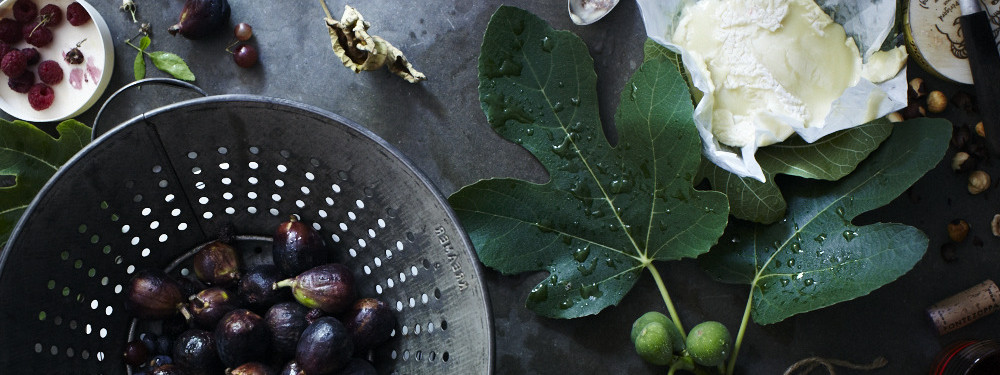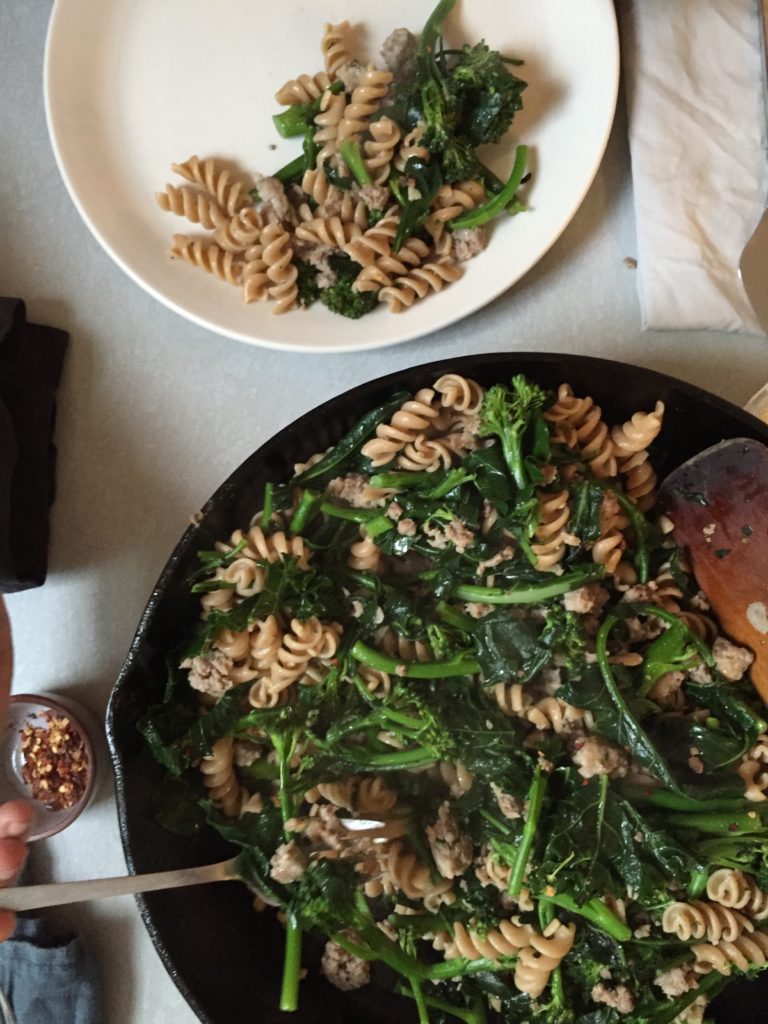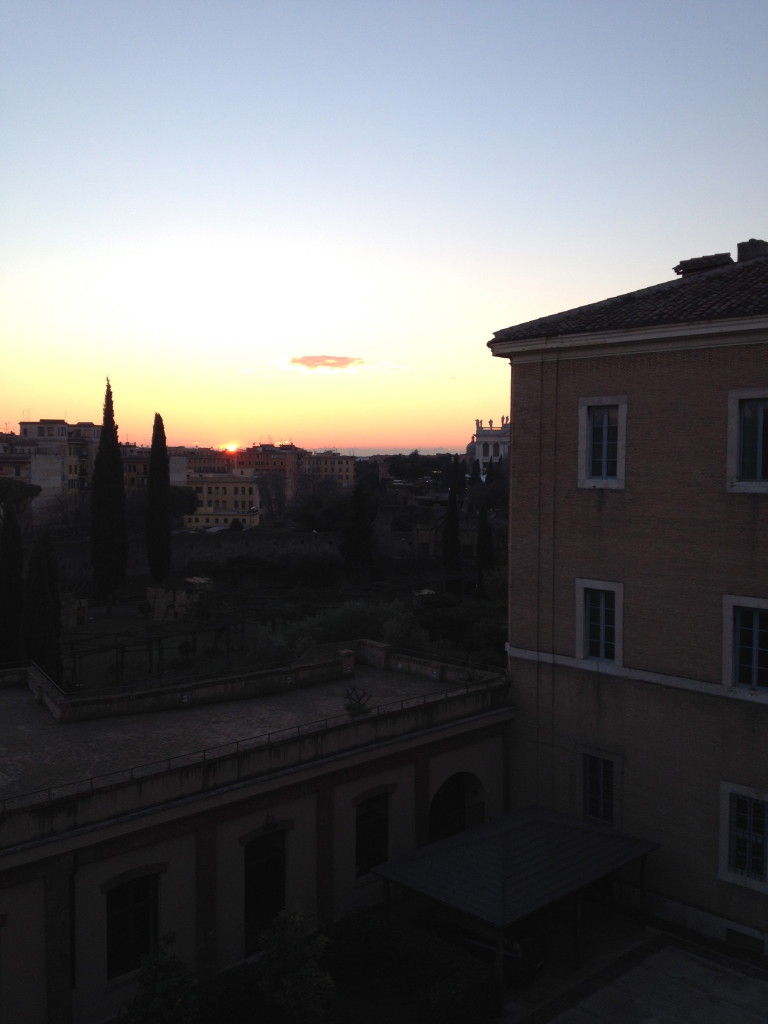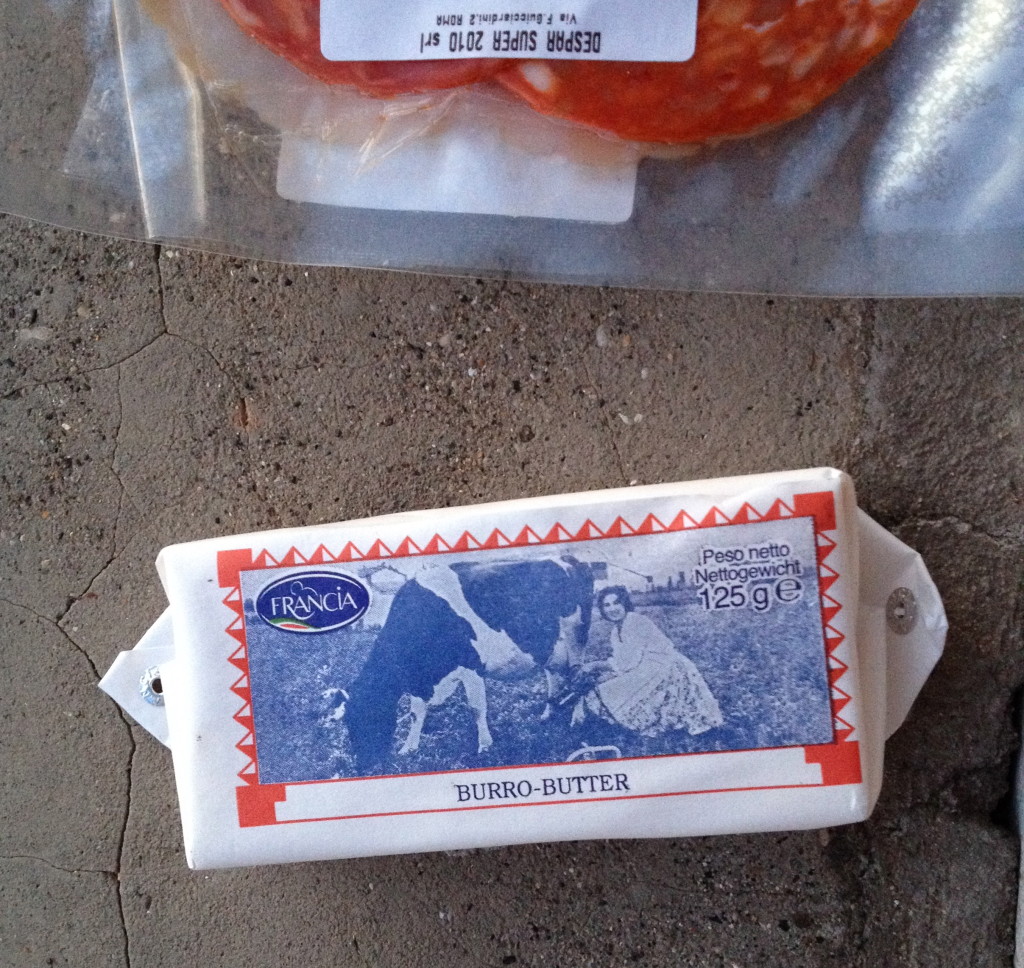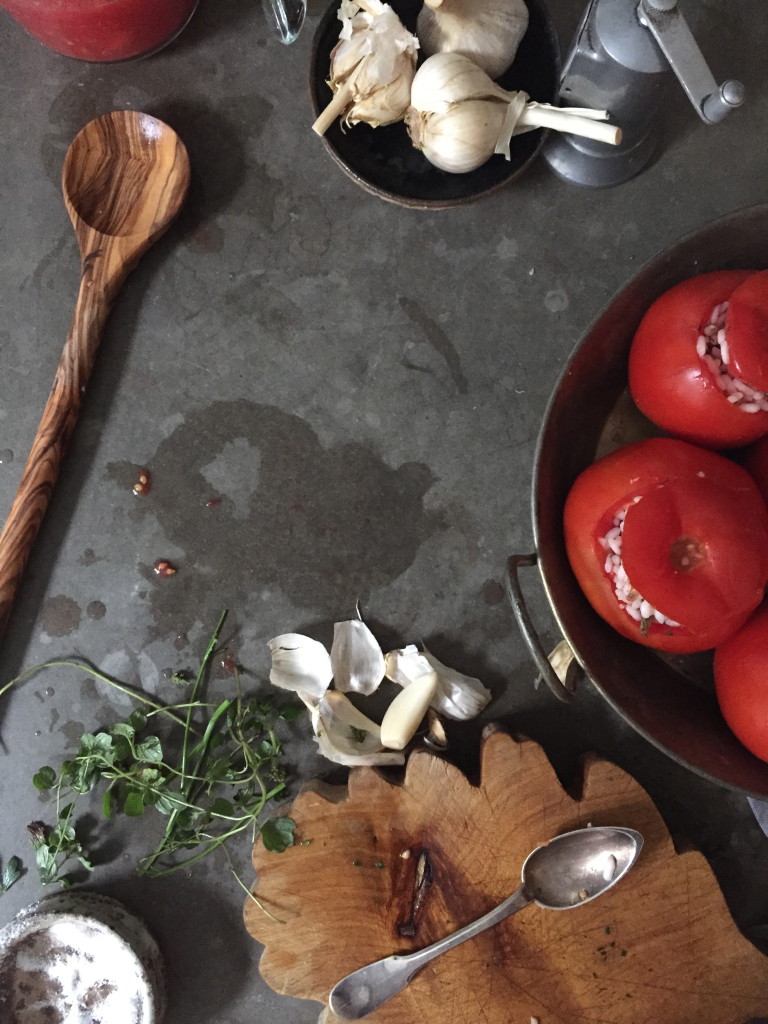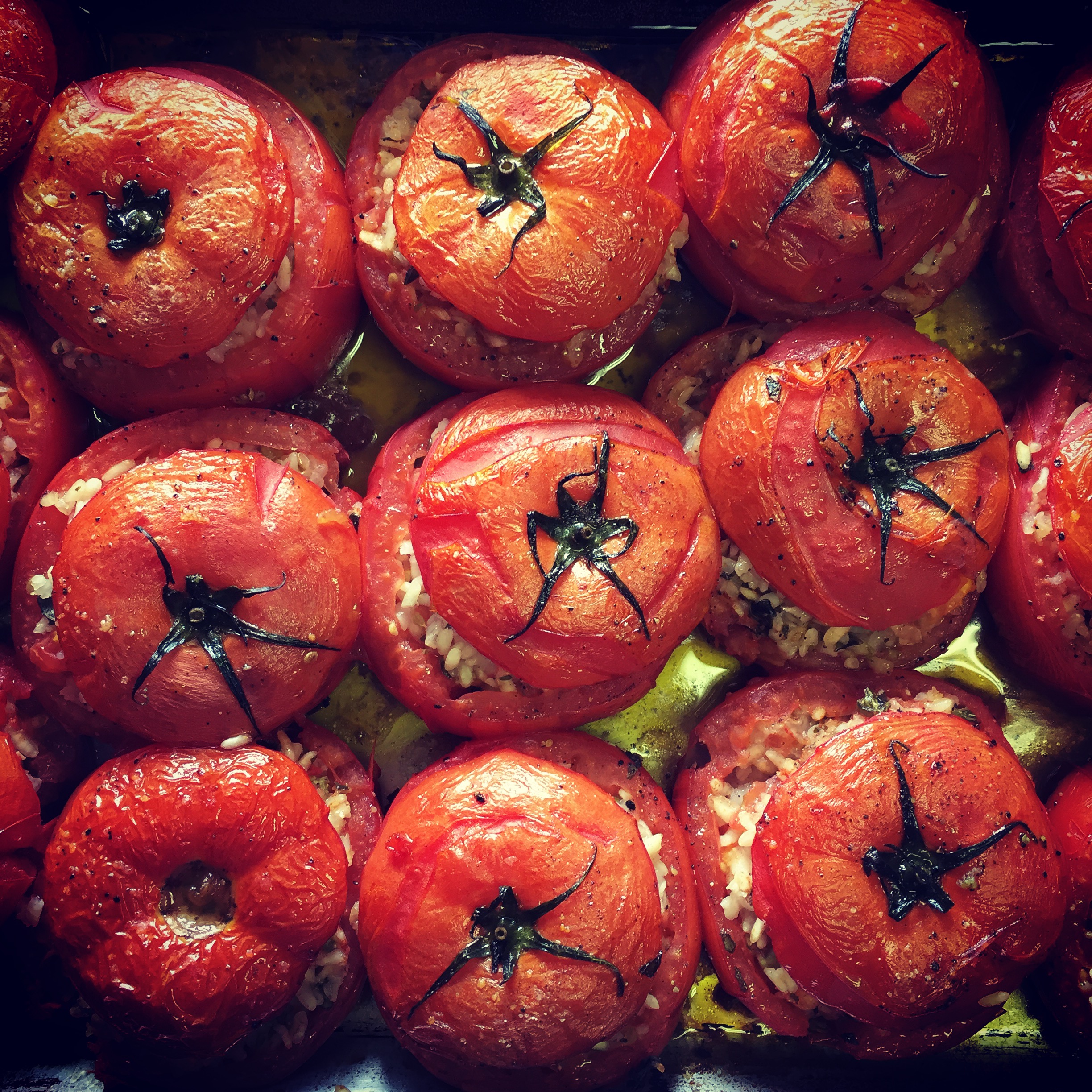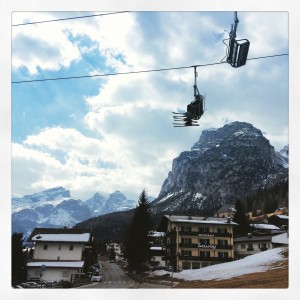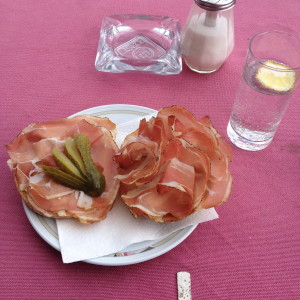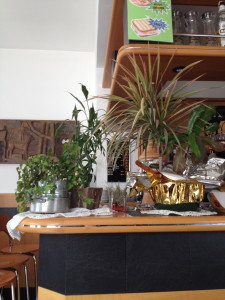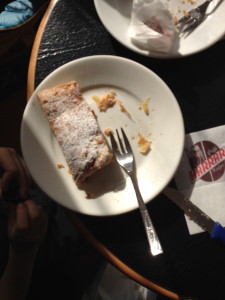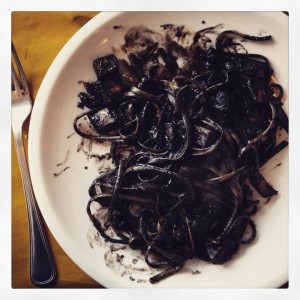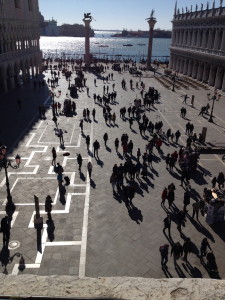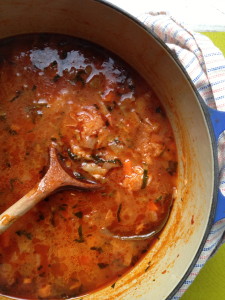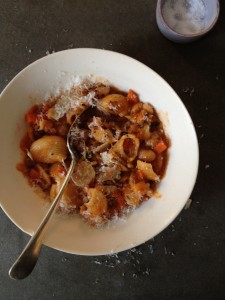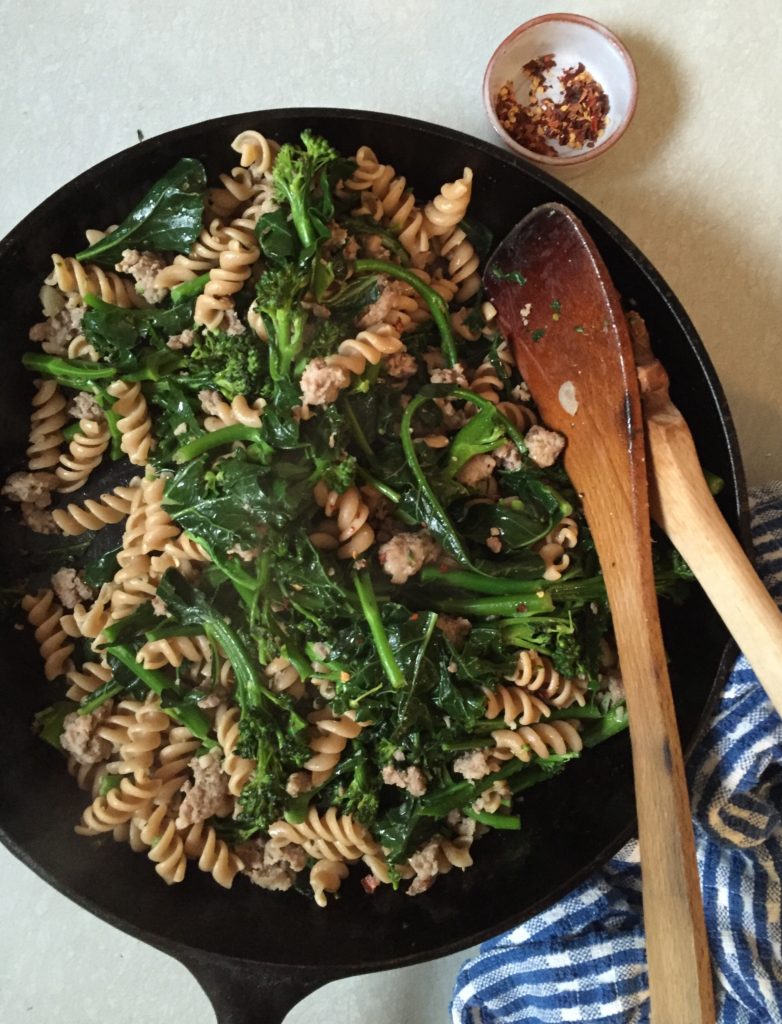 We are back in Brooklyn, and our little boy is entering fourth grade. It’s the moment we’ve been dreading since his brother Lucian was killed by a car- when he was also in fourth grade, almost four years ago. Now we find ourselves in the middle of a reenactment; like sleepwalkers going ahead without being able to stop or speak, just walking numbly into things. To me the first week of school felt threatening, a looming terror- but in fact so much of the reality is mundane and rote: the school letters and lists, the daily routines we need to apply, the new sneakers to buy.
We are back in Brooklyn, and our little boy is entering fourth grade. It’s the moment we’ve been dreading since his brother Lucian was killed by a car- when he was also in fourth grade, almost four years ago. Now we find ourselves in the middle of a reenactment; like sleepwalkers going ahead without being able to stop or speak, just walking numbly into things. To me the first week of school felt threatening, a looming terror- but in fact so much of the reality is mundane and rote: the school letters and lists, the daily routines we need to apply, the new sneakers to buy.
All this past spring and summer it was the anticipation of Theo’s move to his brother’s level at the same school he attended, from Lower to Upper, that had me, us; and definitely him, in knots; we were worried, he was angry. Or we were angry, he was sad- only he was unable to say it so he acted out in every possible way. I had lost my faith in the future. Now that I am in the unavoidable moment I see the smiles of the excited kids and optimistic parents, and I feel like a ghost of myself. I have memories, clear as today, of his brother standing at those same lockers, talking with his friends, on fire with the excitement of learning, wanting to come into school early to rewrite a paper, because he was full of fresh ideas.
Here we sit at our kitchen table, after a preliminary half day of school, a warm-up, and I know we are all completely exhausted. I’m putting my best foot forward though, for Theo; now gearing up for dinner before the school year truly begins. I’ve cooked something up for us, something unplanned, at Greg’s suggestion: pasta. We have some excellent sausage from our favorite Upstate pig farmer in the freezer, which will defrost quickly. There are greens too, waiting to be used, also from the Kinderhook farmers’ market…these things are feeding me a connection to summer peace, to a village in the Hudson valley. We are doing our best to feed our little/big son, the angry/sad one- and do it early so he can get a good night’s sleep. Maybe he’ll wake up on the right side of the bed tomorrow morning if we get this night off to a good start. I can lead with purpose when I’m in the kitchen; the rest of the time I feel pretty lost. We set the table, three at one end together with our bowls so close they are almost touching, and eat until we are full.
Pasta with Pork Sausage and Broccoli Rapini
Serves 4
Extra virgin olive oil
Four plump pork sausages from Lovers Leap Farms, in 1 inch slices
2 large garlic cloves, coarsely chopped
1 large bunch broccoli rapini, in 4 inch lengths
1 pound short pasta such as shells, gemelli, fusilli
Coarse salt and freshly ground pepper
Lots of finely grated pecorino Romano
I use my largest large cast iron skillet to brown sausage from our favorite Upstate pig farmer in olive oil while the pasta water comes to a boil. I salt the pasta water generously and wait; nobody is near enough that I can trust they will appear in the kitchen once the pasta is cooked. I pull garlic from the basket on the counter. The purple, papery skin on the cloves is tight and so juicy because it’s that time of year. I smash the cloves lightly to open them, then give the garlic a coarse chopping before I throw them in the skillet with the mostly cooked sausage. In go the greens- I’ve washed them, and the water still on their leaves speeds up their cooking- wilting them down quickly over a medium high flame.
Once the pasta has been cooked and scooped into the skillet with a strainer, I stir over low heat and pour in almost a cup of starchy pasta water from the bottom of the pasta pot to thicken and bring it all together. This, and a healthy pour of olive oil with a handful of grated cheese hold the ingredients to the pasta and turn one panful of disparate things into a warming bowl of pasta. Pass the cheese please.
